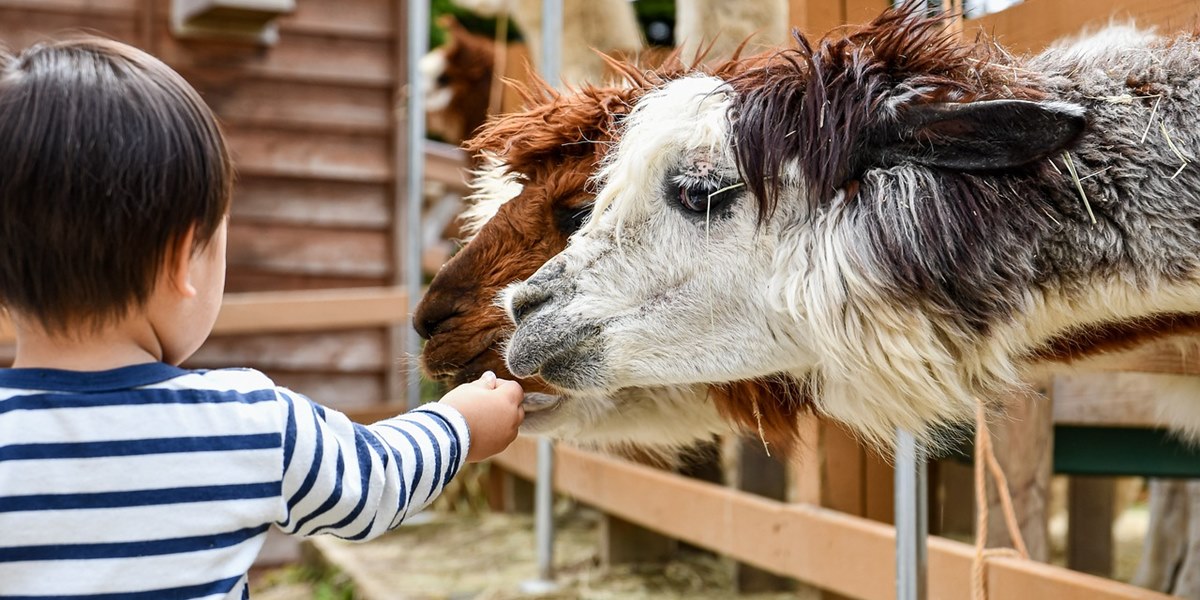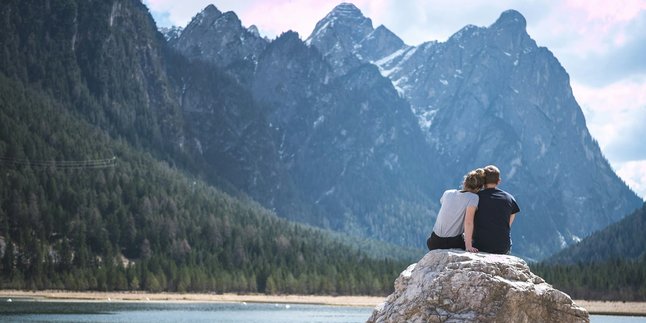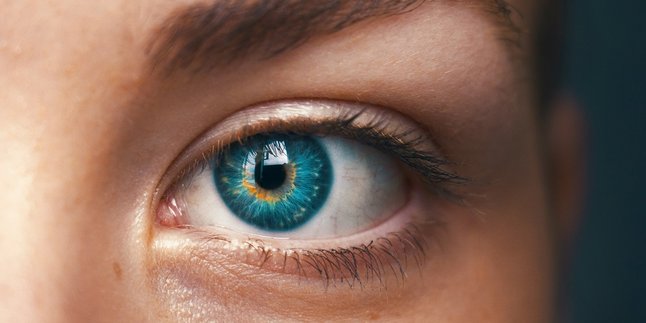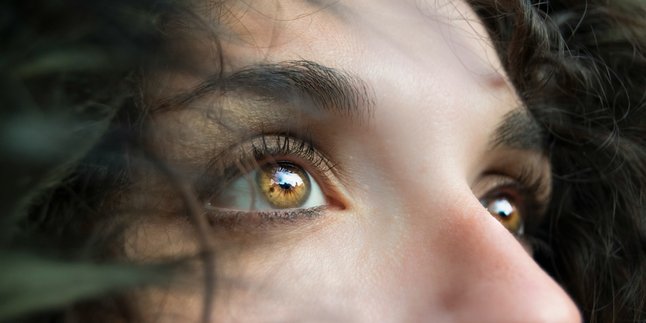Kapanlagi.com - For KLovers who are learning Japanese, there are various vocabulary words you can know, one of which is Japanese vocabulary related to the zoo. In this article, Kapanlagi will explore the depths of meaning and history behind the Japanese expression for the zoo.
From the tumultuous Meiji era to the current digital age, the meaning of this Japanese zoo vocabulary has undergone transformation. Now, for those of you who are learning Japanese, you can read the following article about Japanese vocabulary related to the zoo.
So, for KLovers who want to understand this word, here is the Japanese expression for the zoo complete with its explanation and history. Let's check it out, KLovers!
1. What is Japanese for Zoo?
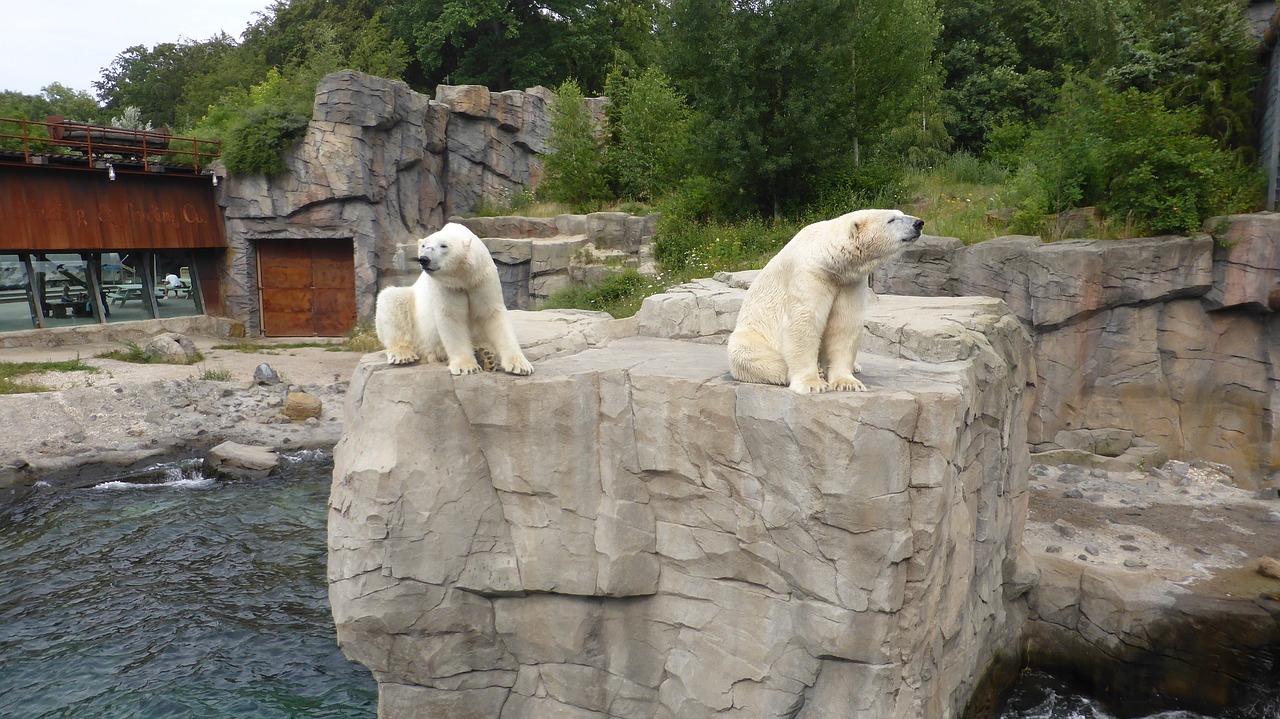
Illustration (credit: pixabay.com)
For KLovers who are learning Japanese, the Japanese word for zoo is also called "dobutsuen". This word consists of two parts: "dobutsu" which means "animal" or "beast", and "en" which means "garden" or "park".
So, literally, the Japanese word for zoo, dobutsuen, means animal garden or zoo. The use of the word "en" in Japanese is often used to describe a large and planned area dedicated to a specific purpose.
As in the word "koen" which means "public park", or "shokubutsuen" which means "botanical garden". In the context of dobutsuen, it indicates a place for various types of animals. They are usually kept and displayed for educational, conservation, and entertainment purposes.
2. Explanation of Japanese Zoos
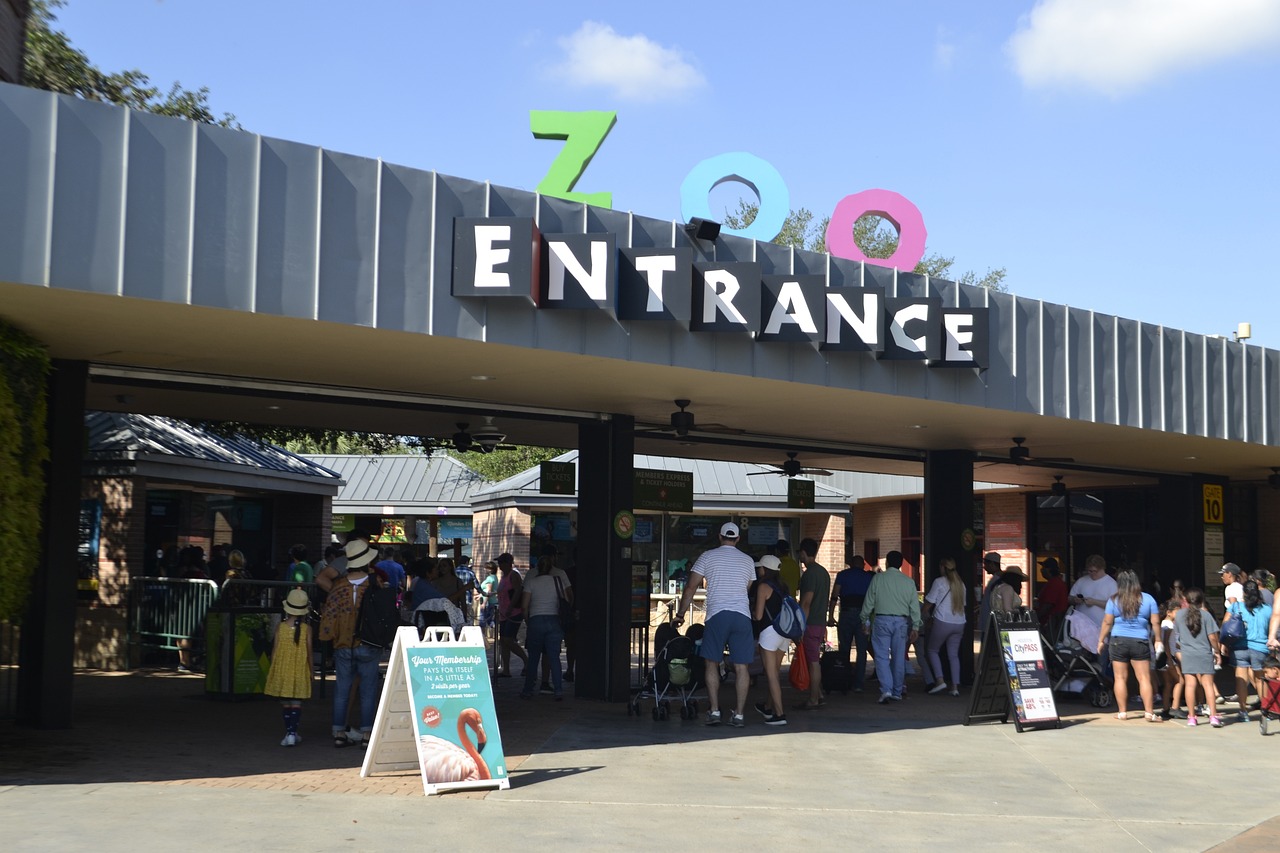
Illustration (credit: pixabay.com)
Zoos in Japan have a long history and unique characteristics that reflect the culture and values of Japanese society. The first zoo in Japan, called Ueno Zoo in Tokyo, opened in 1882 and is still in operation today. Since then, many other zoos have been established throughout the country.
Japanese zoos are often designed with traditional Japanese aesthetics in mind. They strive to create environments that resemble the natural habitats of the animals while still maintaining elements of Japanese landscape design. Many zoos feature beautiful Japanese gardens and areas designed for natural scenery.
One unique feature of Japanese zoos is their focus on native Japanese species. Animals such as Japanese snow monkeys (macaques), Asian black bears, and red-crowned cranes are often the main attractions. Additionally, many Japanese zoos also have strong conservation programs.
This is for endangered species such as the Japanese giant salamander. The zoo in Japan is also famous for its "animal cafes," where visitors can interact more closely with certain animals in a controlled environment. Although this concept has faced criticism from some animal rights activists.
However, it remains a popular feature in many Japanese zoos. Many facilities offer interactive educational programs, such as conservation, and opportunities to learn about animal behavior. Some zoos even have a "zookeeper daily" program to gain hands-on experience in caring for animals.
Zoos in Japan also often collaborate with research institutions and universities for scientific studies on animal behavior, reproduction, and conservation. This research contributes to global efforts to protect endangered species. Thus, zoos have become one of the very special things in Japan.
3. History of Zoos in Japan
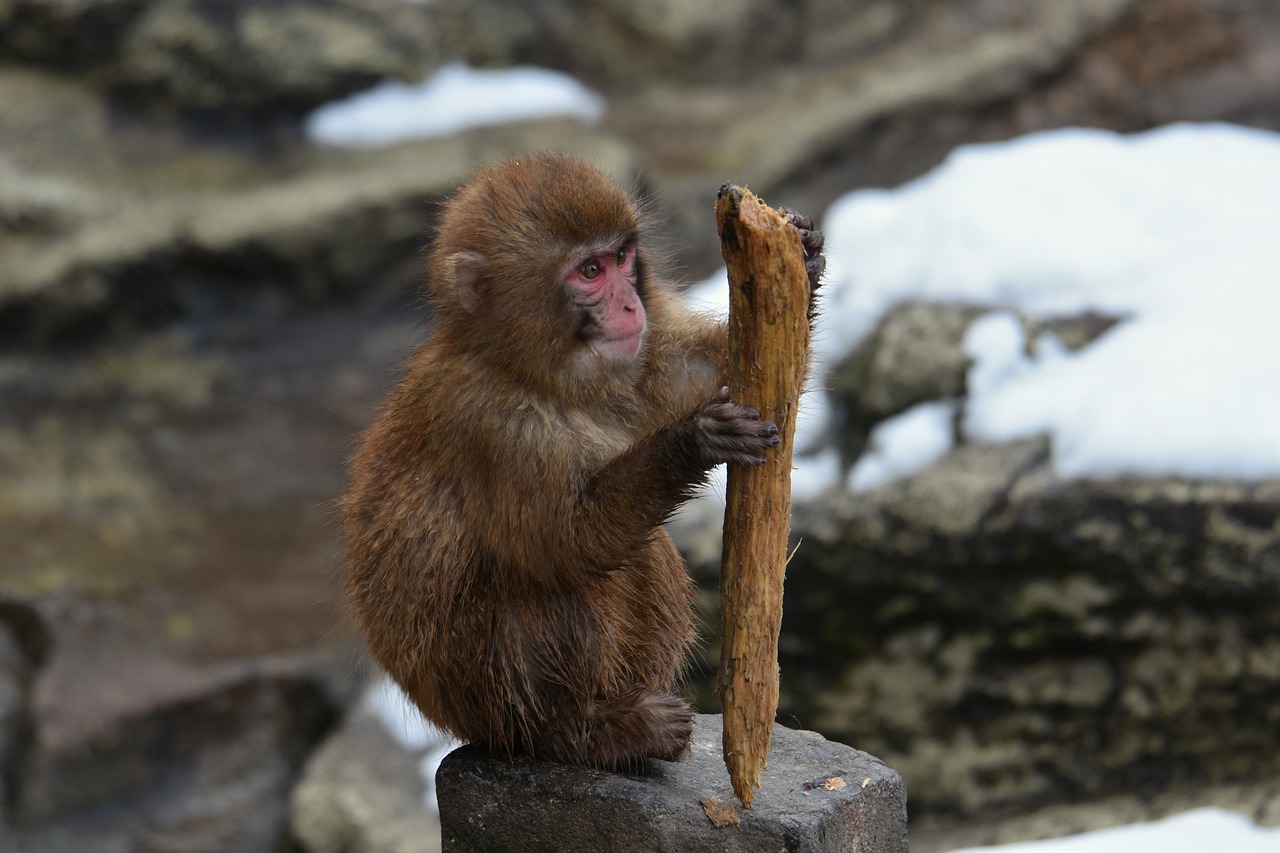
Illustration (credit: pixabay.com)
In addition to knowing the Japanese zoo language, KLovers can also learn about the history of zoos in Japan, which began during the Meiji era, a period of rapid modernization in Japan. Here are the main developments:
1. Meiji Era (1868-1912)
The first zoo in Japan, Ueno Zoo, opened in Tokyo in 1882. This marked the beginning of a new era in how the Japanese interacted with and studied exotic animals. The establishment of Ueno Zoo was part of the Meiji government's efforts to adopt Western practices and promote scientific education.
2. Early 20th Century
After the success of Ueno Zoo, other major cities in Japan began to establish their own zoos. Osaka Zoo opened in 1915, followed by Kyoto City Zoo in 1903.
3. Post-World War II Period
Many zoos suffered severe damage during World War II. The post-war period saw massive efforts to rebuild and modernize existing zoos. The focus shifted from merely exhibiting animals to conservation and education.
4. The 1950s and 1960s
This era witnessed rapid growth in the number of zoos across Japan. Zoos became popular recreational spots for families amid post-war economic growth.
5. The 1970s and 1980s
Attention to animal welfare and conservation increased. Many zoos began renovating their enclosures to create more natural environments and pay more attention to the natural behaviors of animals.
6. The 1990s to Present
Japanese zoos have increasingly focused on conservation, research, and environmental education. They began actively participating in international breeding programs for endangered species. Concepts such as "cage-free zoos" and more natural habitats have become increasingly popular.
7. Recent Developments
Some zoos in Japan have adopted advanced technologies such as virtual reality and augmented reality to enhance visitor experiences and promote conservation awareness.
Throughout their history, zoos in Japan have adapted to changing societal attitudes towards animals and the environment. They have evolved from simple exhibition spaces to complex centers of conservation, research, and education, reflecting shifts in social values and scientific understanding.
That is an explanation about Japanese zoos that KLovers can know. Understanding dobutsuen as the Japanese term for zoos will open up insights into the Japanese language.
(kpl/dhm)
Disclaimer: This translation from Bahasa Indonesia to English has been generated by Artificial Intelligence.
